The Lovemoney site has collected documents and made many interesting discoveries about the giant, monolithic gold pieces once dug by humans.
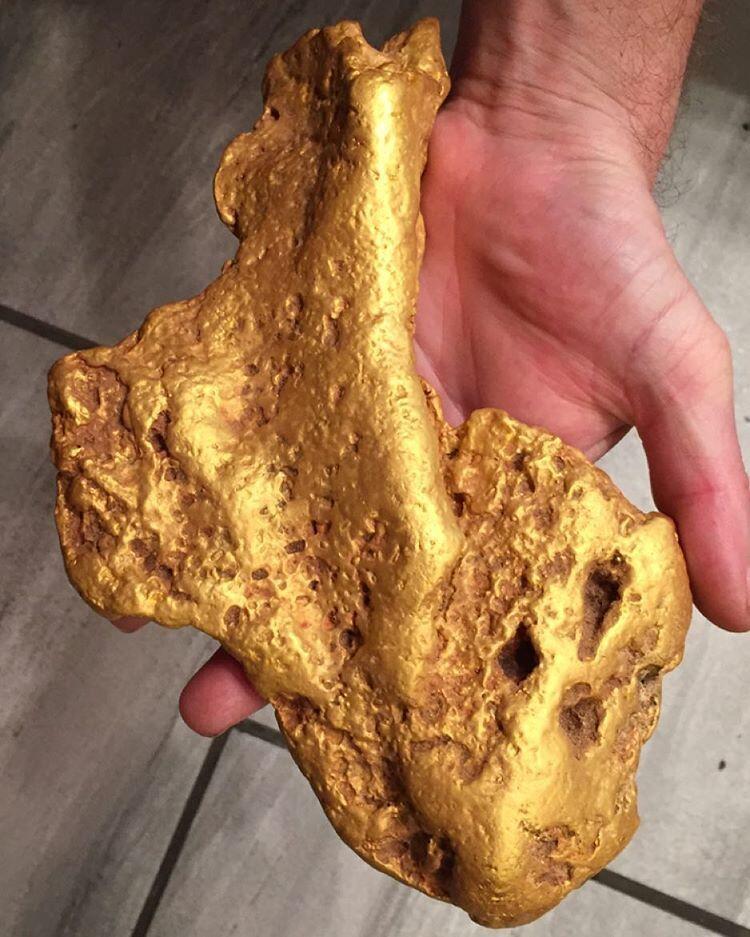
Nearly 200 hundred years ago, the world’s first giant block of gold was discovered by two British miners, and it was located only 3cm below the ground in Moliagul, Australia. Lovemoney site has collected documents and made many interesting discoveries about other giant, monolithic gold pieces ever discovered by humans.
Lady Loch gold nugget 17.5 kg
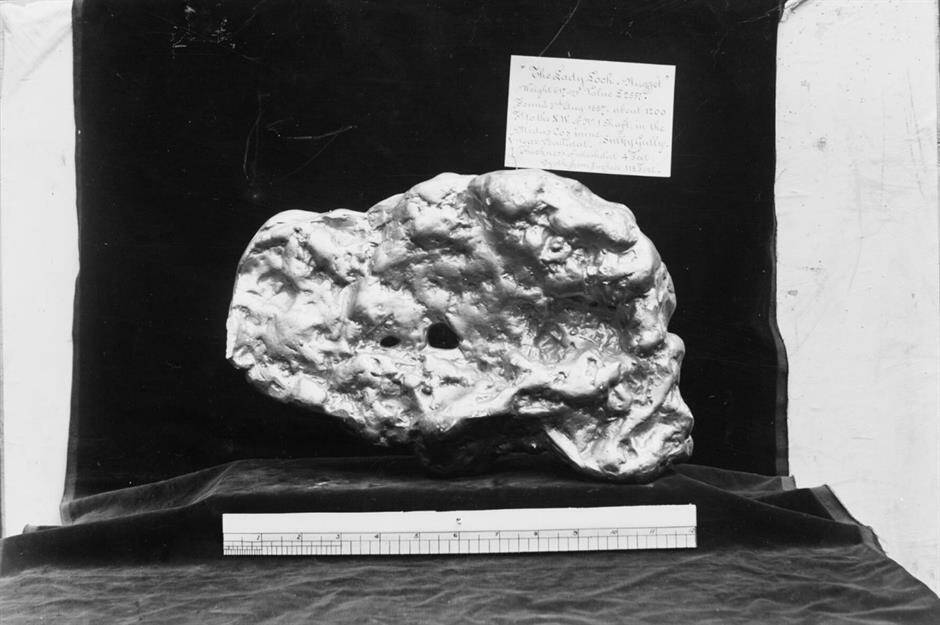
Most of the super-large blocks of gold were discovered in Australia. The first block is Lady Loch. This 617 ounces (17.5 kg) solid gold nugget was found by the Midas Mining Company in August 1887 in Sulky Gully, Ballarat, Victoria and was named after the wife of the then Governor of Victoria.
Canaa 5 gold nugget 18.3 kg
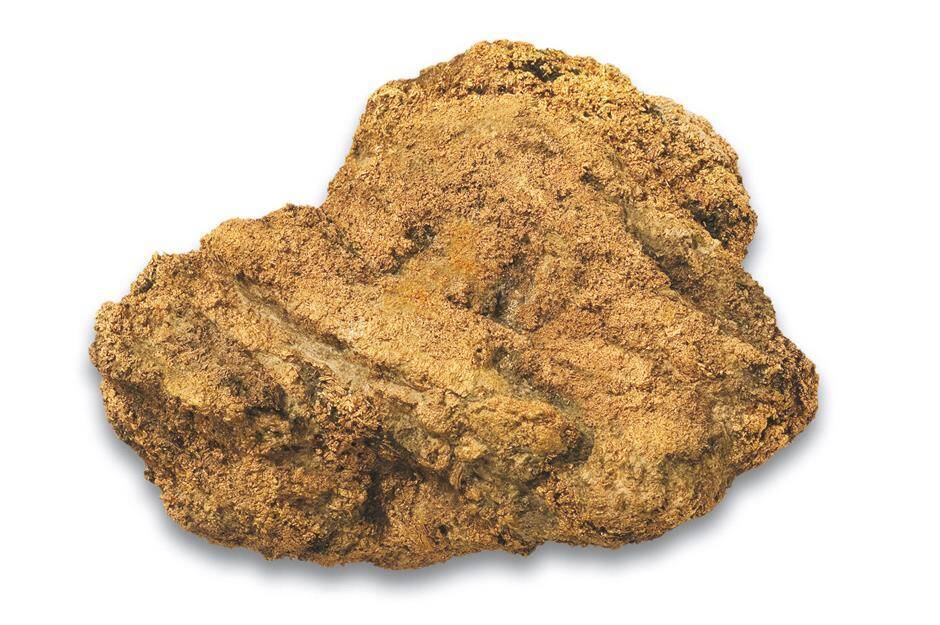
Several valuable solid gold nuggets were discovered during the gold rush in Serra Pelada, Brazil in the early 1980s.
Notorious for its serious crimes, the Amazon gold rush also caused significant damage to the environment.
The large gold nugget named Canaa 5 was found weighing 646 ounces (18.3 kg), currently on display at the Banco Central Museum in Brasilia.
Dogtown gold nugget 20.2 kg
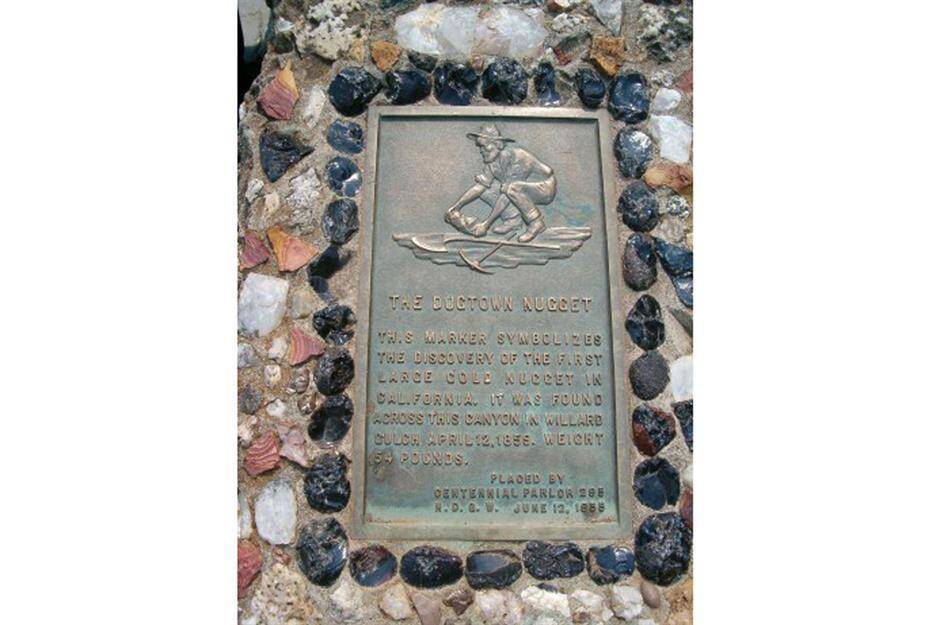
America’s third largest nugget of pure gold was found in Magalia, California in 1859. Weighing a whopping 711 ounces (20.2 kg), the nugget is known by other names as Dogtown, Wiliard or Magalia.
A party was held after miners found this nugget of gold and not long after it was melted down to create pure gold bars of great value.
Kum Tow gold nugget 22.6 kg
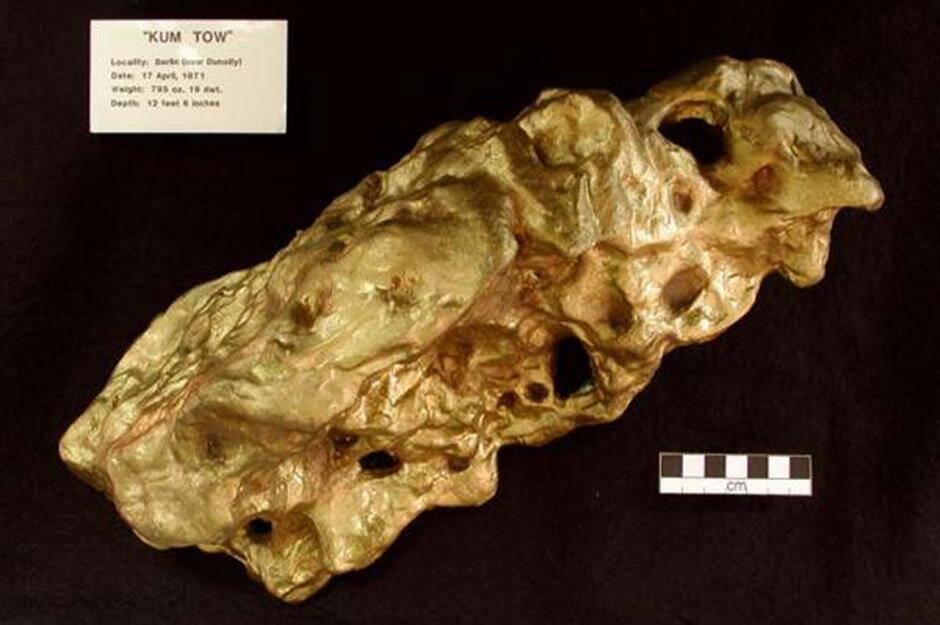
This shiny block of precious metal was discovered by Chinese explorer Loo Ching in April 1871 at a depth of 4m underground at Catto’s Paddock, Berlin (now Rheola), Victoria, Australia.
The large gold nuggets were melted down but a replica of them became part of the mineralogy collection at Museum Victoria.
McEvoy Gold Blocks
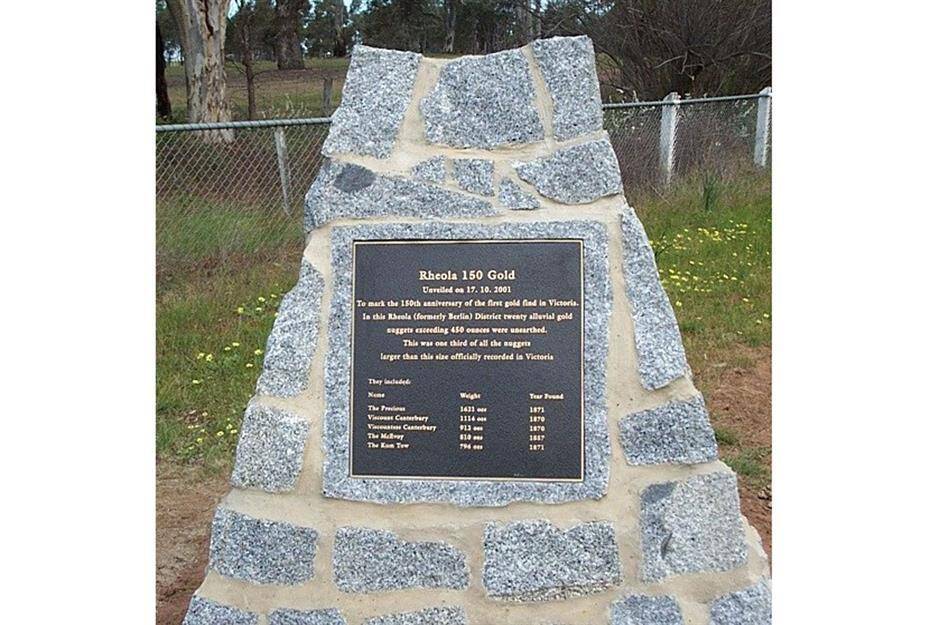
Found in 1857 by two miners Nicholas McAvoy and Walter Palmer at Rheola – a rich place with gold reserves in the Australian state of Victoria.
These gold bars weigh 810 ounces (22.9 kg), 805 ounces (22.8 kg) and 782 ounces (22.2 kg), respectively. The McEvoy gold nuggets no longer exist.
Normandy gold nugget 25.5 kg
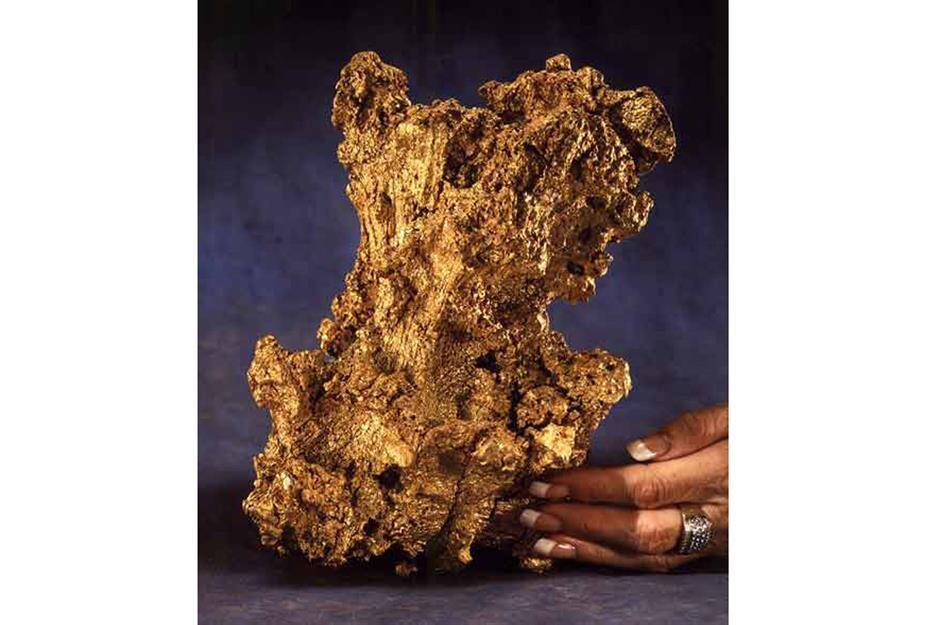
A recent discovery shows that the beautiful Normandy gold nugget was found on a dry creek in 1995 in Kalgoorlie, Eastern Australia.
The sparkling block of gold, weighing 25.5 kg, is the property of the Newmont Mining Group, and is currently on display at the Perth Mint.
Poseidon gold nugget 27 kg

In Australia, the Poseidon gold was found at the mine of the same name in the mining town of Tarnaguall, Victoria in December 1906.
The total weight of this nugget is 953 ounces (27 kg). The discovery of Poseidon before Christmas that year inspired a gold rush in the town.
Hand of Faith Nugget 27.2 kg
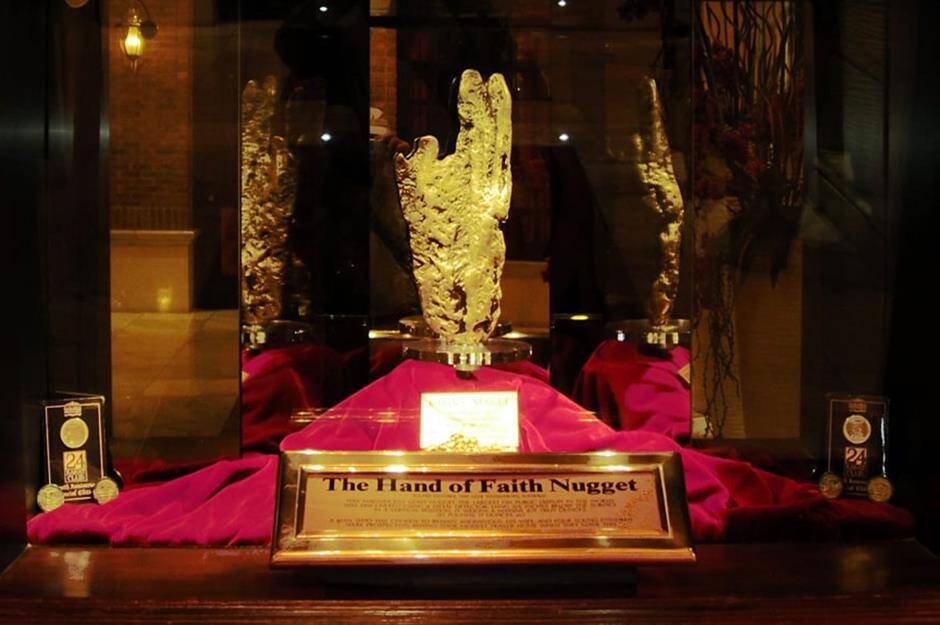
Hand of Faith is the largest block of gold found using a metal detector. Displayed at the Golden Nugget Casino Hotel in Lake Charles, Louisiana, USA.
This brilliant nugget, lying just 30cm above the ground, was found by Kevin Hillier near Kingower in Victoria, Australia in September 1980.
Viscountess Canterbury gold nugget 27.5 kg
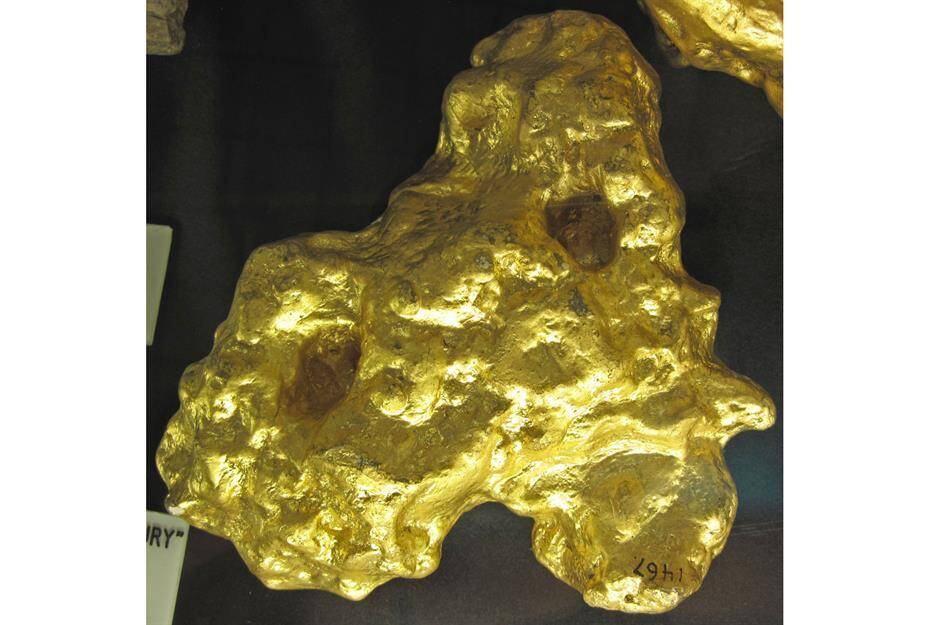
Another splendid block of gold was discovered at Rheola – a locality rich in gold reserves in Victoria, Australia. Viscountness Canterbury was found at John’s Paddock in October 1870.
Weighing about 970 ounces (27.5 kg), this nugget was named after the wife of then-Victoria Governor John Manners-Sutton.
Canadian 3 gold nugget weighs 31.2 kg

It is one of the largest blocks of gold discovered during the gold rush in Victoria, Australia.
The Canadian 3 gold nugget weighing 1,099 ounces (31.2 kg) was found in January 1863 in Canadian Gully, Ballarat.





